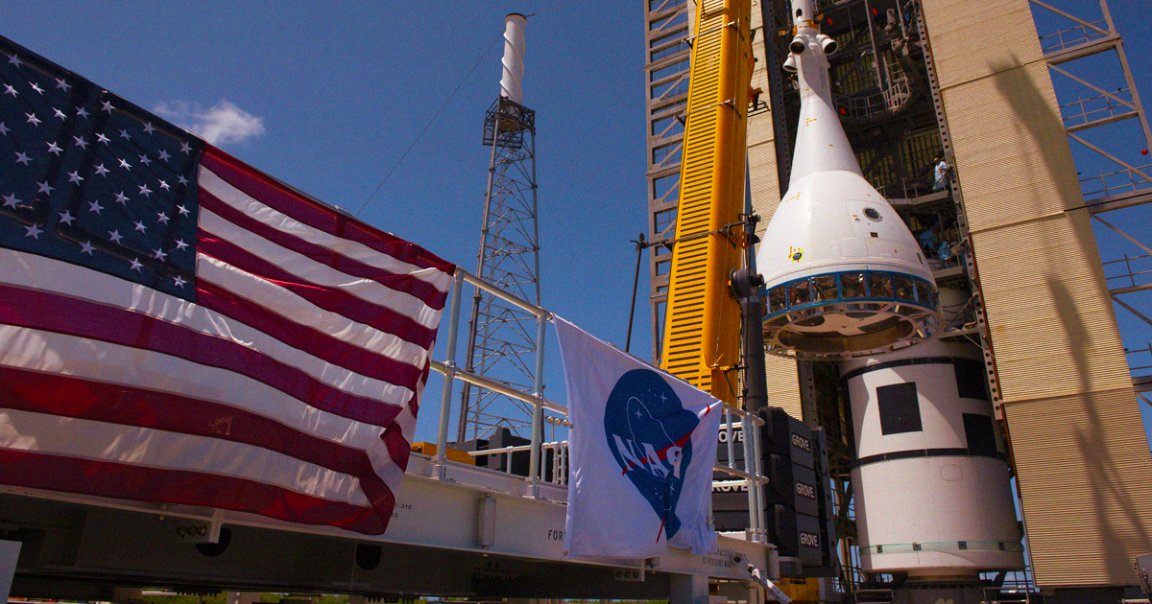
Orion Exit Strategy
Before NASA can attempt to send astronauts back to the Moon, it needs to know they have a way to GTFO of harm’s way if something goes wrong during the trip.
To that end, the space agency tested its Orion spacecraft’s Launch Abort System (LAS) on Tuesday — and it seems NASA’s astronaut escape plan works exactly as hoped.
Mission Aborted
To start the three-minute-long Ascent Abort-2 test, NASA launched an Orion crew module on a modified Peacekeeper missile built by Northrop Grumman.
Once the pair reached an altitude of about 9.6 kilometers (6 miles), the abort sequence triggered. This sent the crew module blasting away from the rocket and on its journey to splash down in the Atlantic Ocean.
Moving Forward
NASA’s now rounding up the 12 data recorders the crew capsule ejected during its descent so it can analyze the data to confirm that everything went as planned.
At first glance, however, it appears we’re now one step closer to returning humans to the Moon.
“It was a very smooth liftoff,” Orion Program Manager Mark Kirasich said in a press release. “By all first accounts, it was magnificent.”
READ MORE: NASA performs successful test of Orion spacecraft launch abort crew escape system [TechCrunch]
More on Orion: Congress Denies NASA Request for More Moon Mission Money